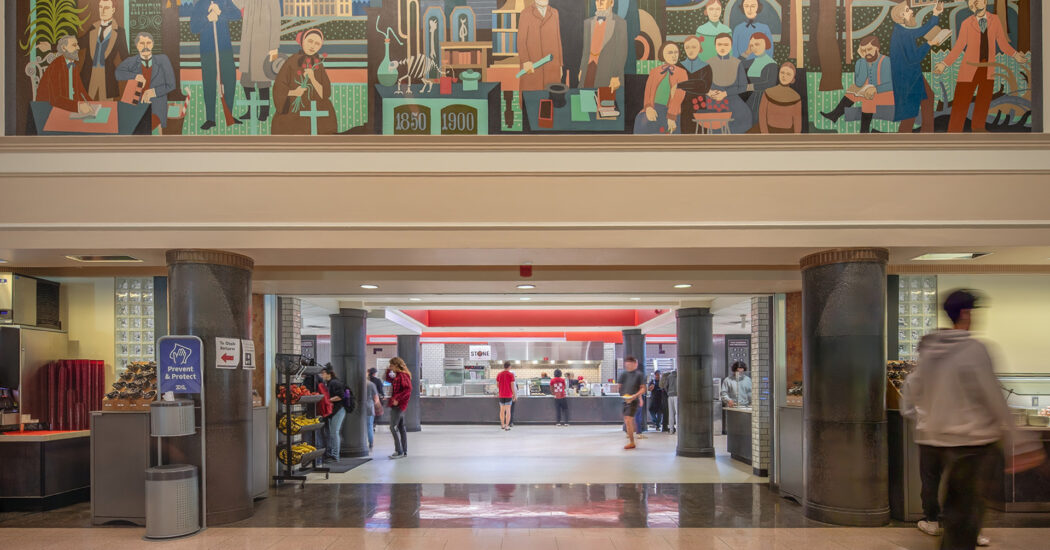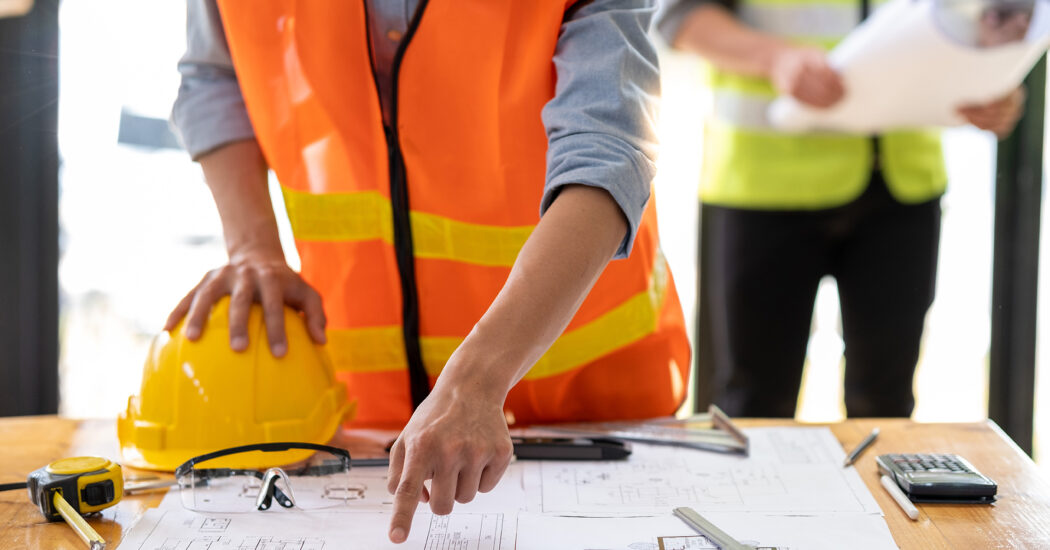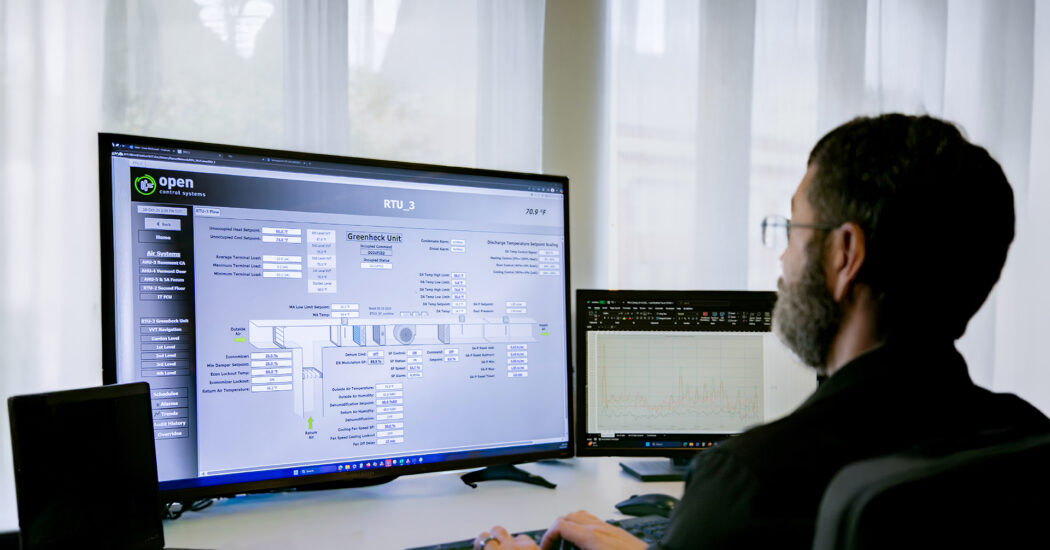Roof 101: Low-Slope Roof Material Options
-
Category
Studio-Workplace, Innovation -
Posted By
Tom Ning -
Posted On
Mar 19, 2021
There are a variety of types of commercial roofing systems. Most commercial roofs are either steep-slope or low-slope. Let’s look at the three primary types of low-slope roofs:
1. Built-Up Roofs
Built-up roofs can be applied anywhere and can be placed on all low-slope roof building shapes. There are two basic types of built-up roofs:
- Coal tar
- Asphalt
Coal tar roofs are the oldest low-slope systems used in North America and are built to last for 40-50 years. Multiple layers create a built-in redundancy and a self-healing tendency. With coal tar, the layers of tar never fully harden. Heat from the sun softens the tar, allowing it to naturally fill cracks and holes over time to prevent leakage. Coal tar roofs have declined in popularity due tar becoming less accessible and more expensive, potential carcinogenic effects during installation, and the requirement hot application with a flame.
In asphalt built-up roofs, the layers can be adhered with either hot asphalt or cold adhesives. This type of roof is fairly common for industrial low-slope roofs.
2. Single-ply Membrane Roofs
There are three basic types of single-ply membrane roofs:
- Rubber (EPDM)
- Thermal plastic (TPO)
- Plastic (PVC)
EPDM is the oldest and most tried and true single-ply membrane roofing system on the market. The biggest advantages are that it is widely known and easy to repair. One downside is this system uses adhesives to hold the lap seams together. The adhesives have a limited life, and when they fail, the roof system is compromised. However, if proper maintenance is done by in-house personnel, this is the best membrane roof option.
TPO and PVC are both made out of plastics that are melted together with heat, which reduces the possibility of leaks. They also come in a variety of colors, making them a popular choice. Both are expected to maintain the highest quality for approximately 20 years.
3. Monolithic Sprayed Foam Roofs
These roofs are also known simply as “foam roofs.” The primary advantage of foam roofs is their seamless finish and fairly easy application and reapplication process. To repair and replace, all you need to do is spray down another layer of foam.
They do have a number of disadvantages, however. While they are intended to last for 10-15 years, historically, we have seen problems with the roof surface after as little as three years. The foam material was originally made for interior use and is extremely sensitive to UV light, causing it to deteriorate with sun exposure. Sprayed foam roofs must be covered with a thin coating to protect them from the sun. The foam application is also difficult to control and often creates bumps, unevenness, and other cosmetic defects. Condensation on the substrate can be very detrimental to the ability of the foam to stick to it, as well.
Other than the sun, this roof type’s worst enemies are birds. They often peck at the foam and eventually break through the top coat, allowing water to seep underneath. The water is then trapped under the top coat, accelerating deteriorate.
Because of the these issues, foam roofs are really only appropriate for climates with little sun, rain, or snow.
Choosing a Low-Slope Roof
Which type of roof is best for a particular facility depends on a variety of factors, including the type of building, where it’s located/climate, and budget. Of these three types of low-slope roof systems, we most often recommend single-ply membrane roofs. There are a few reasons for this.
- Both TPO and PVC roofs are heat-welded, giving them quality seams that prevent leaks, thus preventing expensive repairs
- Plastic membranes come pre-made, making them extremely easy to apply during the construction process
- Of the two heat-welded plastic systems, TPO is typically the most affordable low-slope roof option
Learn more about choosing between low-slope and steep-slope roofs.







